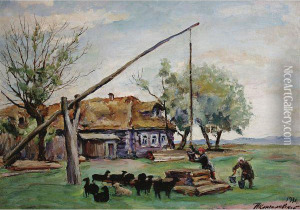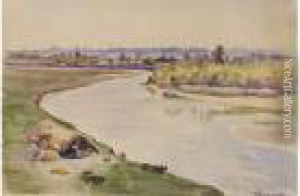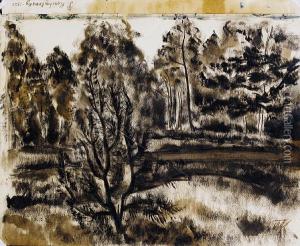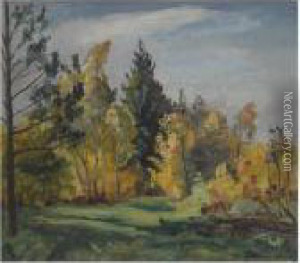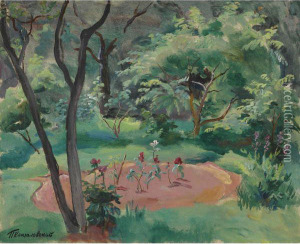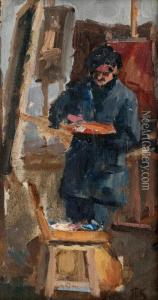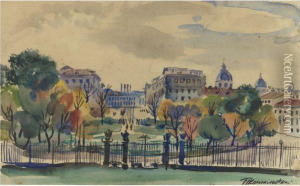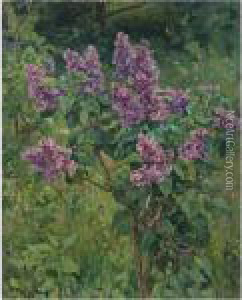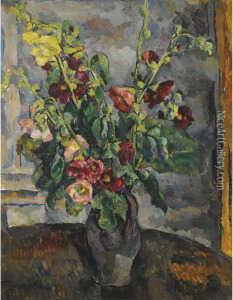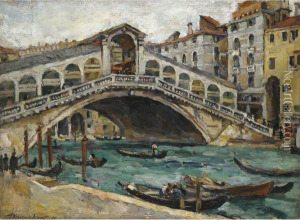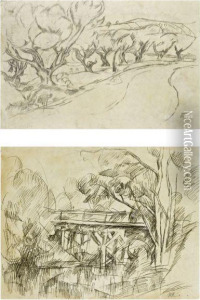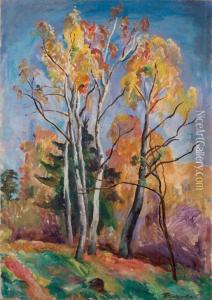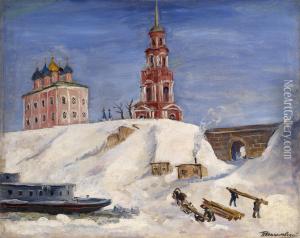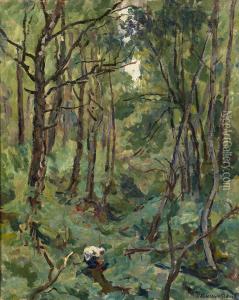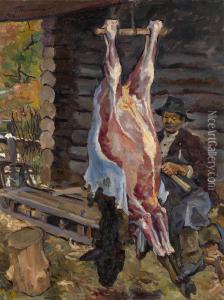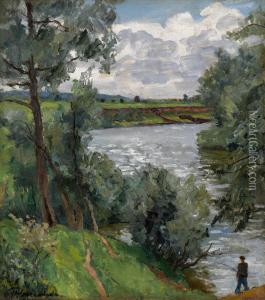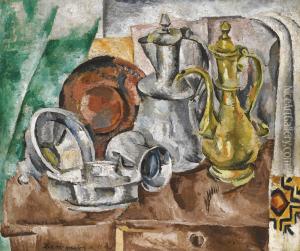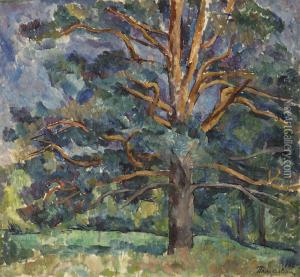Piotr Petrovich Konchalovsky Paintings
Piotr Petrovich Konchalovsky was a pivotal figure in Russian art, renowned for his contributions to the avant-garde movement in the early 20th century. Born on February 9, 1876, in Slavianoserbsk, Russian Empire (now in Ukraine), Konchalovsky hailed from a family deeply rooted in the intellectual and cultural life of Russia. His father was a painter and his mother was a poet, which provided him with an environment rich in artistic and literary influences from a young age.
Konchalovsky's artistic journey began at the Moscow School of Painting, Sculpture and Architecture, where he was mentored by notable figures such as Valentin Serov and Isaac Levitan. Despite this traditional training, Konchalovsky's style evolved significantly over the years, showing influences from a wide array of movements including Impressionism, Post-Impressionism, and Fauvism. His travels to Paris and Germany further exposed him to the works of Cézanne and Matisse, which played a crucial role in the development of his unique approach to color and composition.
In 1910, Konchalovsky became a founding member of the Jack of Diamonds (Bubnovy Valet), a group of avant-garde artists who were instrumental in introducing Russian audiences to European modernist movements. His participation in this group marked a significant period in his career, during which he produced some of his most vibrant and innovative works. Despite the group's focus on avant-garde styles, Konchalovsky never abandoned the importance of the subject in painting, often focusing on still lifes, landscapes, and portraits imbued with rich textures and dynamic colors.
Throughout the 1920s and 1930s, Konchalovsky's work continued to evolve, although he faced increasing pressure from the Soviet regime to conform to Socialist Realism. Nevertheless, he managed to maintain a degree of artistic freedom, blending realistic and expressive elements in his works. During World War II, he created a series of patriotic paintings that were highly acclaimed, further cementing his reputation as one of Russia's leading artists.
Konchalovsky's legacy as a painter is marked by his versatility and ability to synthesize various artistic influences into a coherent and distinctive style. He remained active and prolific until his death on February 2, 1956, in Moscow. Today, Konchalovsky's works are celebrated for their vibrant vitality and are housed in major museums across Russia and beyond, continuing to inspire admiration and study.
